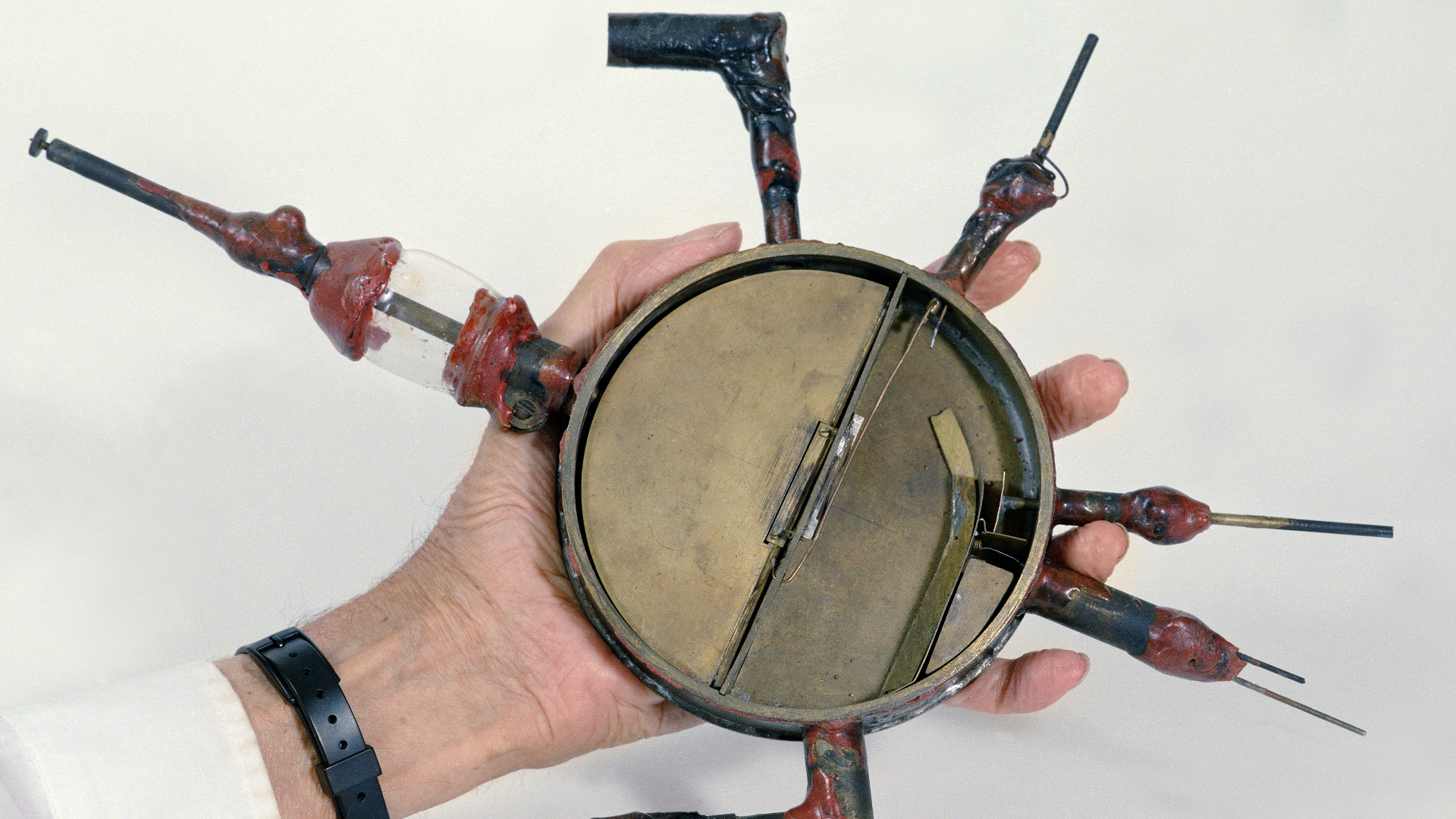/cdn.vox-cdn.com/uploads/chorus_image/image/56677031/Downsizing.0.jpg)
Worst movie, but this story made me think of it...
Thanks for posting...Son lives stone’s throw from there ;) works on chips...so will find very interesting :)
/cdn.vox-cdn.com/uploads/chorus_image/image/56677031/Downsizing.0.jpg)
Worst movie, but this story made me think of it...
https://history.aip.org/history/exhibits/lawrence/first.htm>
Not exactly chip size but not a giant, either. Built in 1931...

Maybe now they can finally create that earth-gobbling black hole.
*ping*
The Ghostbusters won’t have to haul those huge backpacks around any more
Then there are the collaborating groups ensconced in Norway, working to improve their ‘cheap’ muon generator. Cheap in this instance refers to the energy investment required to produce the muons, which have been known to catalyze deuterium fusion for over a half century.
A research project begun at University of Gothenburg, discovered by accident an alternative ultra dense version of Rydberg matter. This form of ultra dense matter, only derived of any isotope of hydrogen precursor, suffered from a spontaneous instability which produced short lived charged particles.
Subsequent mass-spectrometry time-of-flight measurements suggested a meson decay chain was somehow initiated, resulting in the discrepancies found in the data log. At the present point in time (a decade later) the joint lab experiment can induce pulsed production of muons on demand in quantities sufficient to be measured by an un-amplified coil pick-up for an oscilloscope. Tens of milliamperes of a current of negatively charged particles, each particle of which can catalyze on average (current best information) over a hundred and forty plus fusion reactions.
The most interesting tidbit is that the input to the Q-switched IR laser triggering the shots for the small experiment has an average input of 3 watts. As this works for the ultra dense protium isotope of hydrogen, the process of elimination leaves open the possibility that some undetermined mechanism for annihilation of protons is in play.